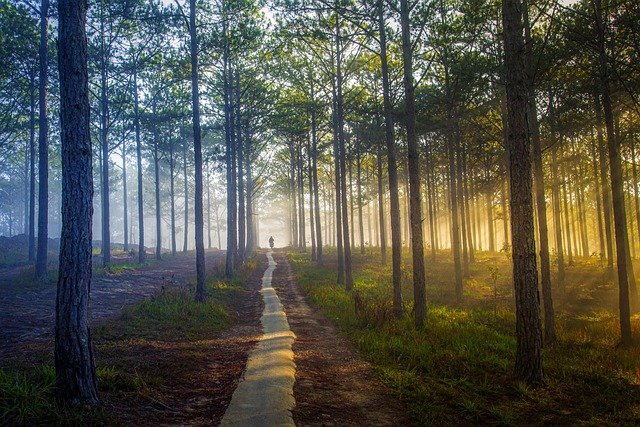**Title: "The Evolution of Storytelling in Video Games

The Secret Lives of Urban Wildlife
Urban environments are often perceived as concrete jungles devoid of nature. However, beneath the surface of bustling cities lies a rich tapestry of wildlife that has adapted to thrive in these human-dominated landscapes. From raccoons rummaging through trash bins to peregrine falcons nesting on skyscrapers, urban wildlife is more prevalent than many realize. In this post, we’ll explore the fascinating lives of these resilient creatures and how they navigate the challenges and opportunities presented by urban life.
The Adaptability of Urban Wildlife
Urban wildlife exhibits remarkable adaptability. Many species have learned to exploit the resources available in cities. For example:
Raccoons: Known for their dexterous paws, raccoons have become adept at opening trash cans and finding food in urban settings. Their nocturnal habits help them avoid human interaction while scavenging for meals.
Pigeons: Once considered pests, pigeons have thrived in urban areas due to their ability to find food and nesting sites in buildings. Their high reproductive rates contribute to their large populations in cities.
Coyotes: These cunning canines have expanded their range into urban areas, where they hunt small mammals and even adapt their diet to include human food. Their presence can help control rodent populations.
The Importance of Green Spaces
Urban wildlife often relies on parks, gardens, and other green spaces for habitat and food sources. These areas serve as crucial refuges for various species. Here are a few ways green spaces benefit urban wildlife:
Habitat: Parks provide essential shelter and nesting sites for birds, insects, and small mammals.
Food Sources: Flowering plants and trees attract pollinators like bees and butterflies, while fruit-bearing plants offer nourishment to birds and squirrels.
Corridors: Green spaces can connect fragmented habitats, allowing wildlife to move safely between areas, which is vital for genetic diversity and population stability.
Challenges Faced by Urban Wildlife
Despite their adaptability, urban wildlife faces numerous challenges:
Habitat Loss: As cities expand, natural habitats are often destroyed, leaving wildlife with fewer places to live and breed.
Pollution: Air, water, and noise pollution can have detrimental effects on wildlife health and behavior.
Human-Wildlife Conflict: Encounters between humans and wildlife can lead to negative outcomes for both parties, such as property damage or harm to animals.
How You Can Help
There are several ways that city dwellers can support urban wildlife:
Create Wildlife-Friendly Spaces: Plant native species in your garden, install bird feeders, and provide water sources to attract and support local wildlife.
Reduce Pollution: Participate in community clean-up efforts, reduce plastic use, and advocate for policies that protect the environment.
Educate Others: Share your knowledge about urban wildlife with friends and family to foster a greater appreciation for the creatures that share our cities.
Conclusion
The secret lives of urban wildlife reveal a world of resilience and adaptability that often goes unnoticed. By understanding and supporting these creatures, we can create a more harmonious coexistence with the wildlife that enriches our urban landscapes. Next time you see a raccoon or hear the call of a bird in the city, take a moment to appreciate the hidden lives that thrive all around us.
Feel free to share your thoughts or experiences with urban wildlife in the comments below! 🦝🦅🌳

All images are taken from the Pixabay.com